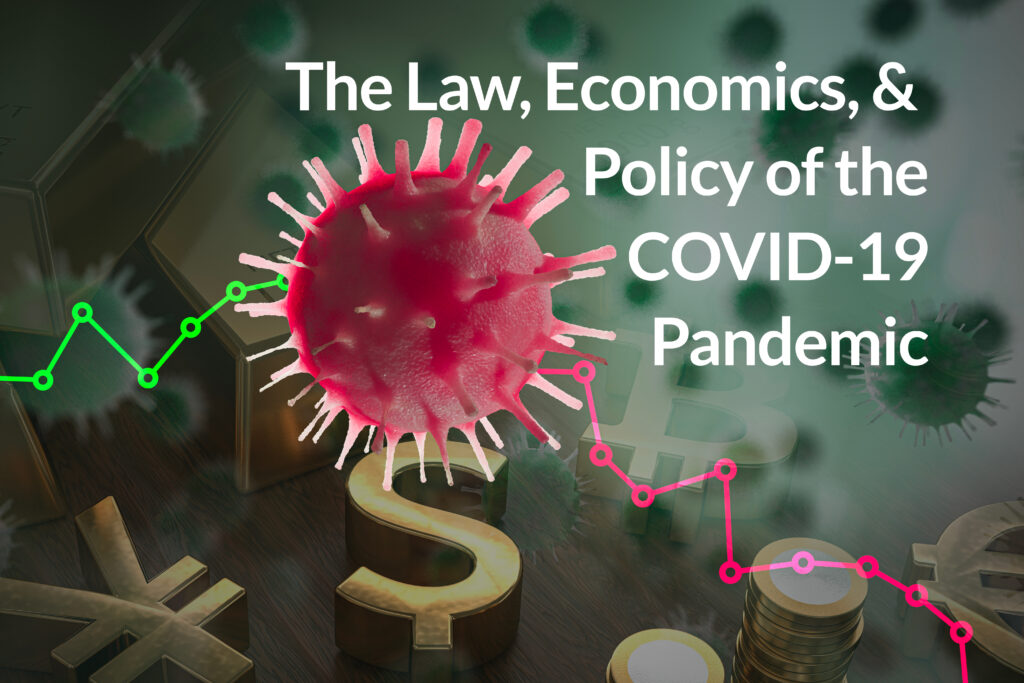(Ed. Note: the following is an excerpt from a piece published by the Chicago Tribune on Oct. 16, 2020. Click here to read the full piece)
No matter your Twitter feed, “vaccines have been one of the greatest public health tools to prevent disease,” as The New York Times explained in January…
Many are terrified that the Food and Drug Administration may hastily authorize injections into hundreds of millions. The FDA and drugmakers are trying to assuage such concerns with enhanced commitments to safety. Nonetheless, fears have been stoked by President Donald Trump’s infomercial-style endorsement of hydroxychloroquine as a COVID-19 remedy, his foolhardy disdain for face masks and campaign rally boasts of a preelection cure.
Yes, politics. But the opposing political push — the demand that new vaccines must be safe at all costs — is itself a dangerous meme, and the strange bedfellow of anti-vaxxer protesters.
Pulitzer Prize-winning journalist Laurie Garrett inadvertently quantifies the problem. In a Sept. 3 article in Foreign Policy, she cited the H1N1 (swine flu) episode in 2009 as “the last mad rush to vaccinate.” Warning that those shots “caused Guillain-Barr (GBS) paralysis in … 6.2 per 10 million patients who received the vaccine,” she argues that phase 3 trials for COVID-19 vaccines, typically involving just 30,000 people, provide little protection. “There’s no way … we can spot a safety hazard that’s in 1 out of a million, much less 1 out of 10 million, vaccine recipients.” The “safety side,” she told a TV interviewer, “looks insane.”
But, in fact, the “insanity” here is not found in the push for speed or in Garrett’s skepticism about Operation Warp Speed. It lies in a lack of balance between the two. An insufficiently vetted vaccine may cost innocent lives, but so will delaying a vaccine that, on net, saves them…
When promising therapies appear, reducing time to market is often worth the risk — as reflected in a raft of pre-COVID-19 policies, including the FDA’s “emergency use authorizations,” “fast track” drug approvals and “compassionate use” permissions for experimental drugs. In phase 3 trials, independent monitors observe results, and trials may be terminated when pre-specified benefits appear. Patients in the control group become eligible for the treatment instead of the placebo. Larger samples would enhance scientific knowledge, but as probabilities shift regulators act on the reality that the ideal can become the enemy of the good.

